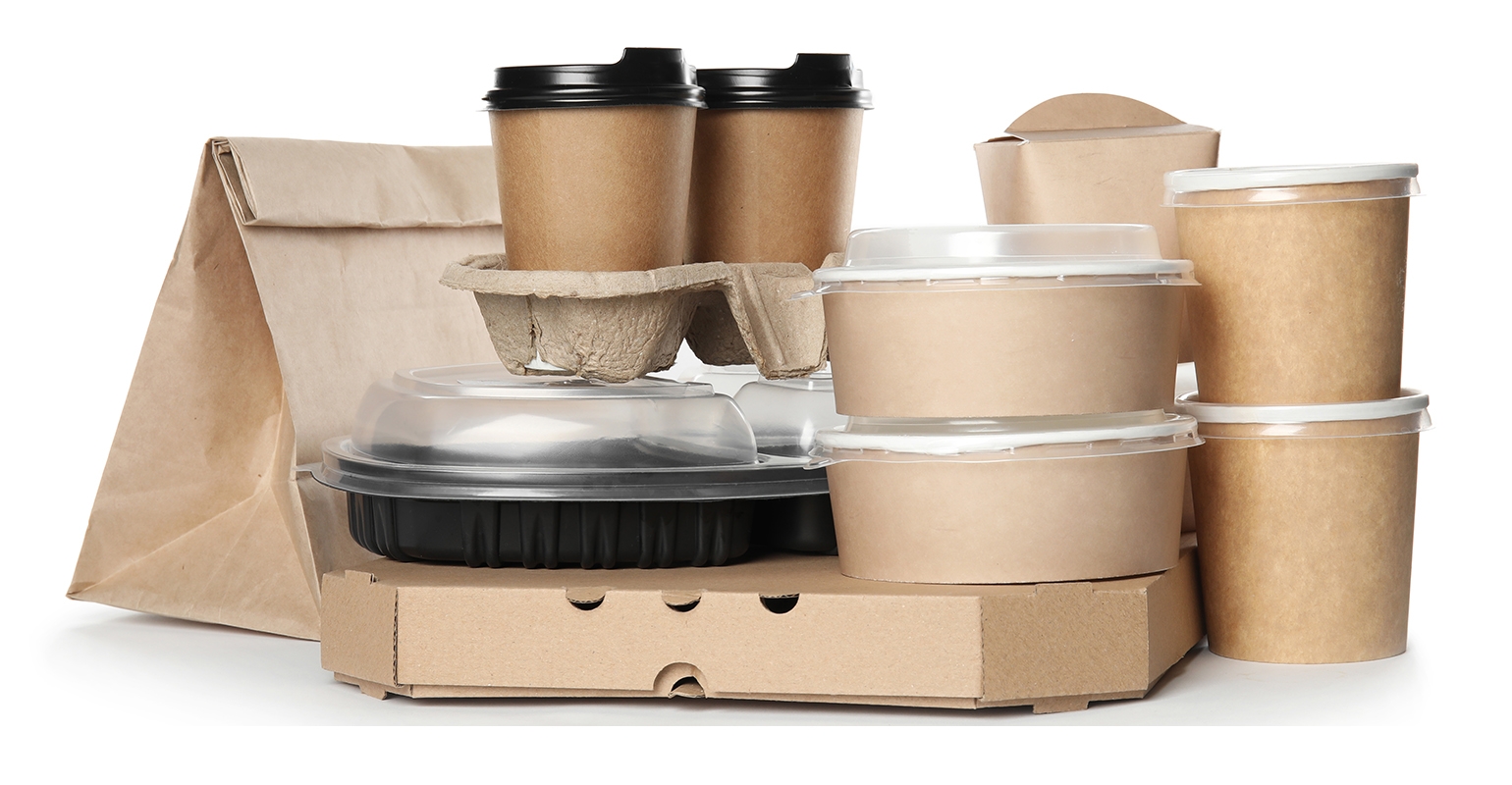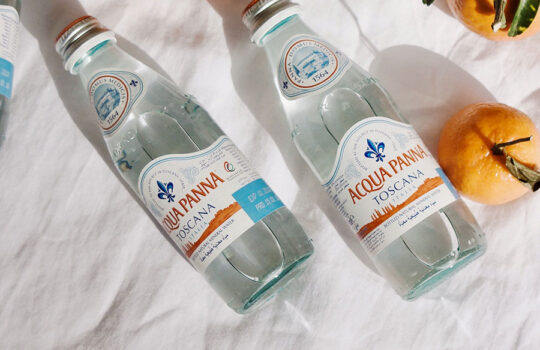Inadequate or poorly designed packaging can directly contribute to food spoilage. On the other hand, sustainable packaging for food offers a powerful tool for reducing packaging waste and tackling food waste as well.
This post is all about the mechanics of how sustainable food packaging cuts down on waste. Moving towards sustainability in packaging is vital for promoting environmental health and conserving resources.
Packaging and Food Waste Challenge
We discard millions of tonnes of plastic waste annually, much of it originating from packaging. Plastic pollution harms wildlife and ecosystems. Alongside this sits the issue of food waste.
Households and supply chains generate staggering amounts of discarded food. This represents wasted resources used in production and contributes significantly to greenhouse gas emissions when food decomposes in landfills.
The link between packaging and food waste is undeniable. Flimsy packaging leads to damage during transport. Insufficient barrier properties expose food to oxygen or moisture, causing premature spoilage.

How Sustainable Food Packaging Reduces Waste
Sustainable packaging employs several strategies to minimize the amount of material that ends up in landfills or pollutes the environment.
1. Embracing Recyclability
Materials such as glass, aluminum, steel, paper, cardboard, and certain plastics are designed for recycling. This process involves collecting used packaging, sorting it, processing it back into raw materials, and manufacturing new products.
Effective recycling diverts vast quantities of waste from landfills. It creates a circular flow, reducing the demand for virgin resources.
The success hinges on robust collection systems, consumer participation in clean recycling streams, and advanced sorting facilities capable of handling a wide range of material types.
2. Harnessing Compostability
Compostable packaging, often derived from plant-based materials such as sugarcane bagasse, corn starch (PLA), or certified compostable paper, offers a distinct end-of-life pathway.
Under specific conditions, these materials break down completely into water, carbon dioxide, and biomass. This resulting compost is a valuable soil amendment, returning nutrients to the earth. This approach eliminates landfill burden and avoids the persistence associated with traditional plastics.
It is crucial to distinguish between home compostable and commercially compostable materials and ensure that access to appropriate composting facilities exists.
3. Utilizing Renewable Resources
Many sustainable packaging options utilize resources that replenish naturally, such as wood pulp for paper, bamboo, or agricultural byproducts like cornstarch or sugarcane fibre. This contrasts sharply with traditional plastics derived from finite fossil fuels.
Shifting to renewable feedstocks lessens dependence on non-renewable resources and often involves less energy-intensive extraction and processing, reducing the overall environmental footprint from the outset.
4. Incorporating Recycled Content
A cornerstone of the circular economy is using materials already in circulation. Sustainable packaging frequently incorporates post-consumer recycled (PCR) content.
Using PCR materials, such as rPET in plastic bottles or recycled fibres in cardboard, directly reduces the need to extract and process virgin resources. This conserves energy, lowers emissions, and strengthens the market for recycled materials.
Canada is actively implementing regulations mandating minimum levels of recycled content in plastic packaging, further driving this aspect of waste reduction.
5. Championing Reusable Systems
The most impactful strategy for waste reduction is shifting away from single-use models entirely. Reusable packaging systems, involving durable containers designed for multiple trips, drastically cut down on waste generation.
Consider refillable coffee cup programs or durable crates for transporting produce. While requiring logistical planning for collection and sanitation, reuse models offer significant long-term environmental benefits by preventing waste before it is even created.

How Sustainable Packaging Reduces Food Waste
Beyond tackling packaging disposal, well-designed sustainable options play a critical role in preventing food from being wasted in the first place.
1. Superior Protection and Barrier Properties
Sustainable does not mean weak. Advances in materials science allow many eco-friendly options to offer excellent protection. Glass and metal provide near-perfect barriers against oxygen, moisture, and light.
Modern paper coatings, often made from plant-based and compostable materials, can enhance moisture resistance.
Certain bioplastics and multi-layer compostable films are engineered with specific barrier properties to extend the shelf life of perishable goods, such as fresh produce or baked items.
2. Enhanced Durability for Transit
Food loss often occurs during transportation and handling due to inadequate packaging and poor handling practices.
Sustainable solutions, such as sturdy moulded pulp, robust corrugated cardboard designs, and well-designed flexible packaging, can offer superior protection against crushing, bruising, and impacts compared to flimsy conventional options.
Reducing damage en route directly translates to less food waste reaching the consumer or retailer.
3. Facilitating Portion Control and Resealability
Packaging design influences consumption patterns. Sustainable packaging can incorporate features that help reduce food waste at home.
Single-serving packs allow consumers to use only what they need. Resealable pouches or containers make it easy to store leftovers properly, maintaining freshness and reducing the likelihood of food being discarded prematurely.
Conclusion
Sustainable food packaging offers a multifaceted approach to waste reduction. It directly tackles the problem of packaging waste through recyclability, compostability, use of renewable and recycled materials, source reduction, and reuse models.
Critically, it also addresses the significant issue of food waste by providing better protection, extending shelf life, and enabling smarter consumption through innovative design.
The shift towards sustainable packaging for food is more than an environmental imperative; it is a strategic move towards resource efficiency, regulatory compliance, enhanced brand value, and alignment with consumer expectations.
FAQs
How does using recycled content in packaging help reduce waste?
Using recycled content, such as post-consumer paper fibres or plastics, means fewer virgin resources need to be extracted and processed. This conserves natural resources, reduces energy consumption in manufacturing, and diverts materials.
Can compostable packaging really eliminate waste if it needs special facilities?
Compostable packaging, especially materials requiring industrial composting, is designed to break down into beneficial soil amendment within those specific environments. This completely diverts the packaging from landfill, transforming potential waste into a valuable resource.
How does minimalist packaging design contribute to waste reduction?
Minimalist design focuses on using only the necessary amount of material. By rightsizing packages, removing superfluous layers, and lightweighting materials, less raw material is consumed initially.
In what ways does better packaging barrier protection reduce food waste?
Many foods spoil due to exposure to oxygen, moisture, or light, which encourages microbial growth or causes staleness and rancidity. Packaging with effective barrier properties shields the food from these elements.
Are reusable packaging systems truly effective in reducing overall waste?
Reusable systems aim to eliminate single-use packaging. By designing durable containers for multiple uses, with systems for collection, cleaning, and redistribution, the amount of packaging manufactured and disposed of is significantly reduced compared to single-use alternatives.






